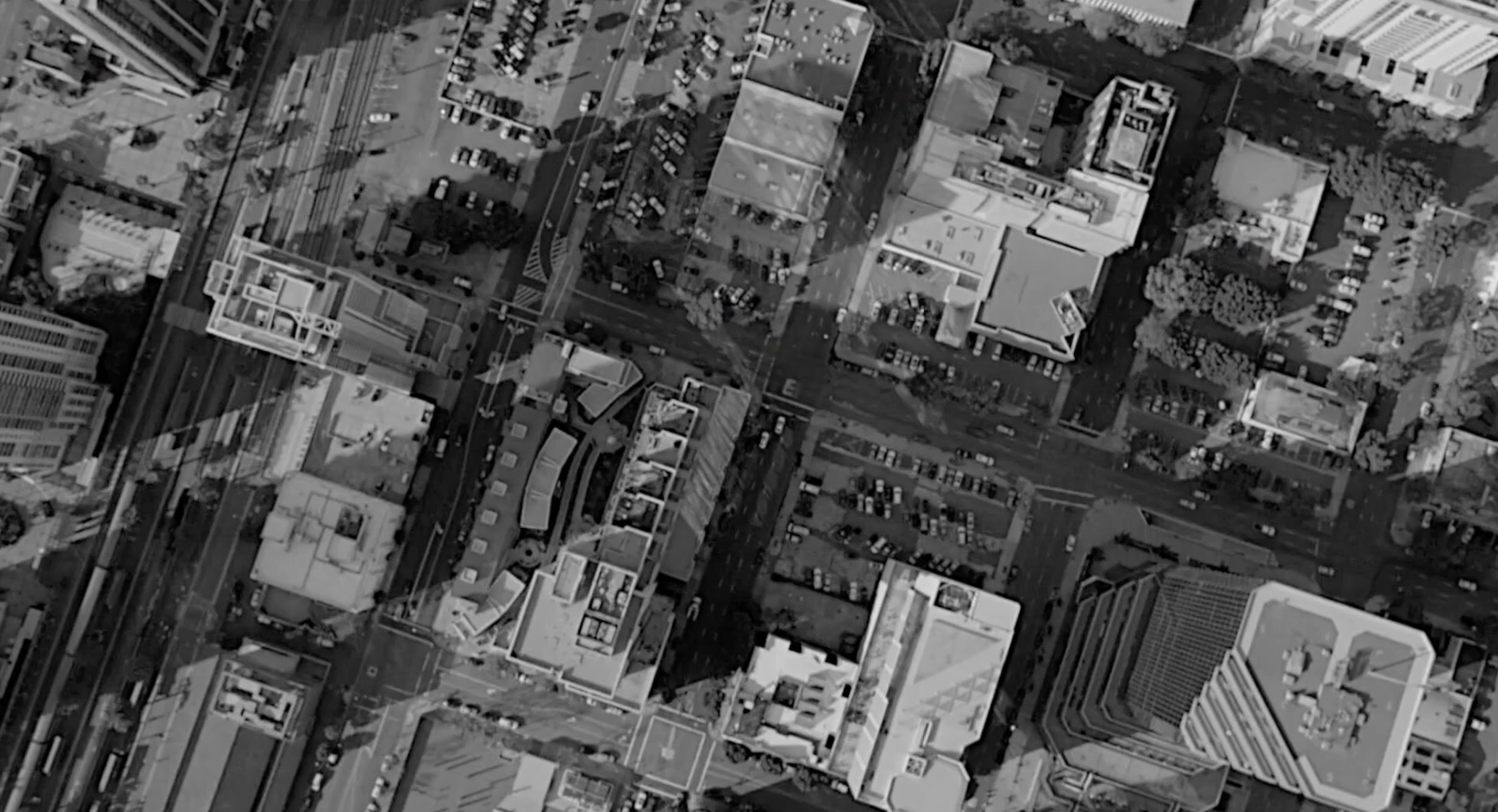
How a Texas City’s Efforts to Improve Its Health Are Drawing Talent, Sparking Innovation
When Betsy Price was elected mayor of Fort Worth eight years ago, she pondered how her Texas city could stand out from other business-friendly communities vying for companies and families.
After a city initiative to curb childhood obesity gained momentum, Price and other community leaders spurred worksites, schools, grocery stores and restaurants to help people across the city make healthier choices. In 2015, Fort Worth joined the Blue Zones Project, a well-being movement inspired by five places around the world where people live into their 100s. Dozens of businesses and other groups have voluntarily committed to healthy practices such as hosting lunchtime walking groups and offering healthy drinks and snacks in their vending machines.
The city’s efforts have elevated its profile — and improved its health charts. Since the Blue Zones initiative, the metropolitan area that includes Fort Worth has jumped from one of the lowest rankings in the Gallup National Health and Well-being Index to No. 31 out of 156 communities in the national survey.

Price recently joined a panel of community leaders at the HKS Fort Worth office to share insights on how healthy cities foster innovation and attract a talented workforce. Moderated by NBC5 morning anchor Deborah Ferguson, the panel also featured Robert Folzenlogen, senior vice president of real estate developer Hillwood; Mike Brennan, president of the neighborhood revitalization nonprofit Near Southside Inc.; and Brent Sparks, director of the HKS Fort Worth office and a health practice leader.
Here are four takeaways from their conversation.
In the war to entice companies, economic incentives and real estate are not enough.
Price said she started reading about community health years ago when she noticed that businesses were asking not only about tax breaks and location but also quality of life.
“I thought, what can we do to distinguish Fort Worth?” she said. “And that would be for it to be a healthier community.”
Folzenlogen, who oversees the sprawling master plan of the 26,000-acre mixed-use AllianceTexas community in Tarrant and Denton counties, made a similar observation.
“When we get (corporate) prospects flying in, it’s location, maybe incentives, but at the top of it now is how are you going to hire and attract people, and those people looking for a place to live and work are no different than we,” said Folzenlogen, who noted that he moved to his Fort Worth neighborhood because he could “walk to something.”
HKS, which has had an office in Fort Worth since 2006, recently relocated it from the edge of downtown to Magnolia Avenue in the historic Near Southside, a neighborhood with an eclectic mix of restaurants, shops and offices that is also a medical hub. HKS designers can now walk to their meetings with health care clients, and the office is on track to become a “Blue Zones Worksite” that is committed to improving its employees’ health.
Brennan, leader of the nonprofit that has promoted the redevelopment of Near Southside, called HKS Fort Worth “the poster child” for the neighborhood’s economic development model.
“From the beginning, going back to 1995 when our organization was first conceived, it wasn’t, ‘we’re going to be able to offer people a bunch of tax breaks to locate here,’” he said. “It was, ‘let’s create a cool district, bring it back to what it once was, and they’ll want to be here.’”
Now that walkable neighborhoods are popular, the challenge is making them available to more people.
In the 1990s, the focus among urban planners was to bring back live-work-play environments, Brennan said. Today, that development mold is a given, and the conversation has turned to the question of how can that model be more inclusive and accessible to disadvantaged communities, he said.
“When we’re building these great places that have all these ingredients that allow for healthy lifestyles, let’s make sure those environments are available to the broad cross-section of our population,” Brennan said. “That’s the piece that’s the biggest challenge because it’s not just about trail systems.”
Creating more places like Near Southside can be particularly challenging in Texas with its sprawling suburbs, but Fort Worth — a city of 835,000 residents — is working to improve the health of struggling neighborhoods, Price said. For example, the city modified an ordinance that had allowed push cart vendors to sell ice cream but not fresh produce. Now those vendors can sell apples and bananas, too.
The Blue Zones Project has also worked with farmers market vendors in Fort Worth so that recipients of Supplemental Nutrition Assistance Program (SNAP) benefits — formerly known as food stamps — can use them to buy fresh produce, meat and eggs.
Meanwhile, the city’s community centers, which often provide after-school care to children from low-income areas, offer healthy snacks to steer families away from fast food, Price said.
HKS Fort Worth has partnered with the city to design a new facility to replace the worn Como Community Center that opened in 1970. A demonstration kitchen to teach healthy cooking to children and seniors was one of the main programming pieces, Sparks said.
“That space within that building we know has far-reaching impact,” he said.
Walkable neighborhoods can become innovation districts given the right ingredients.
Fort Worth officials say the Near Southside medical district — home to Tarrant County’s major hospitals and dozens of independent clinics — boasts the largest concentration of medical jobs in the Dallas-Fort Worth area. The city is capitalizing on this, with its economic development plan outlining steps to position Near Southside as “the most livable medical district in the U.S.”
Brennan said Near Southside has a lot of key ingredients to be a medical innovation district for the city: large medical institutions, proximity to education partners such as Tarrant County College and the recently opened TCU and UNTHSC School of Medicine and a neighborhood that’s “completely aligned with health and wellness.”
Technical jobs are important to the success of the medical district, which should lead to a conversation about housing choices in the neighborhood, Brennan said.
“We need to make sure there’s a spectrum of affordability,” he said.
During a conversation between the panelists and audience members, the Bay Area in California and Nashville were cited as examples of communities that have found creative ways to house some of their workforce. For example, some California school districts have built their own apartment buildings to lease to entry-level teachers. In Nashville, a nonprofit started an apartment community for artists who make 60% of the area median income or less.
The digital age is creating complications for real estate developers building for wellness.
Today, communities are trying to keep people out of hospitals, bringing wellness centers and infrastructure closer to where people live, Folzenlogen said.
Frisco Station, Hillwood’s 242-acre mixed-use development near the Dallas Cowboys’ Star complex, was designed to be one of the first master-planned communities in the U.S. built from the ground up with 5G wireless technology. That kind of infrastructure will provide faster wireless internet across the community’s homes, corporate offices and 30-acres of parkland with foot and bike trails. It will benefit people who use health-monitoring apps on their smart devices as they move around the development.
“Now it’s an issue of how do we connect you and your Fitbit to our parks and trails to our medical providers?” Folzenlogen said. “Great idea, a lot of people are looking at it. We can figure out 90% of the pieces.”
However, he said, the technology that can facilitate this data-sharing raises privacy concerns and questions about who would own the data.
Still, people moving into master-planned developments will want physical and digital infrastructure that supports their wellness, so developers have to provide it, he said.
“We just haven’t cracked the code yet,” he said.

